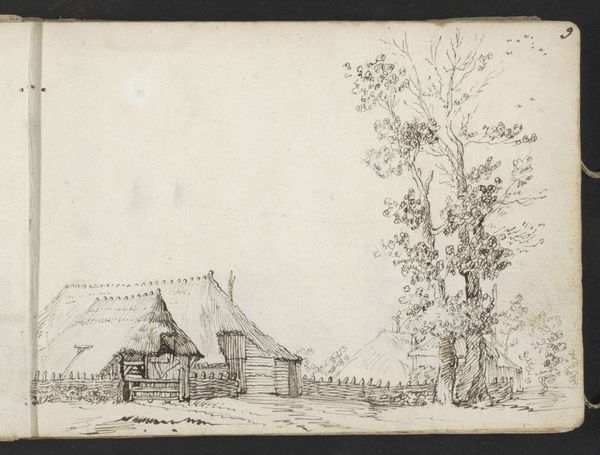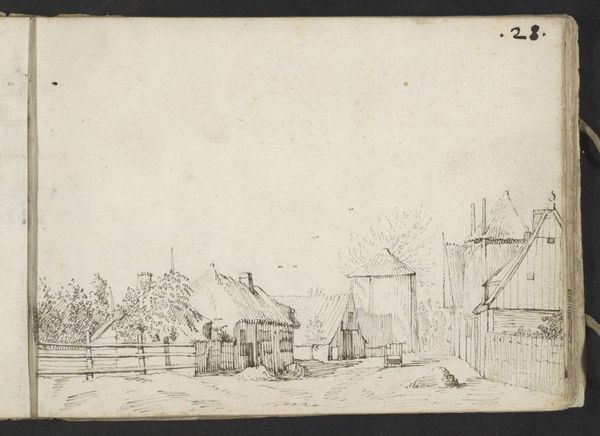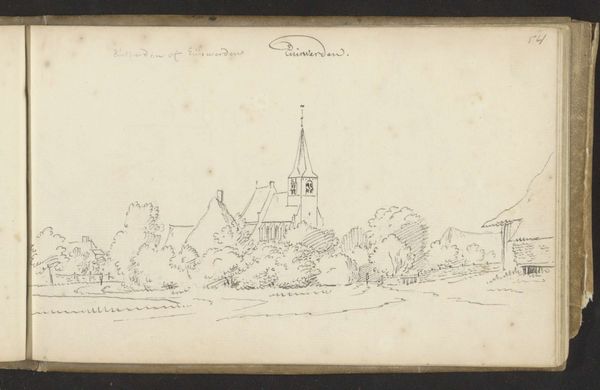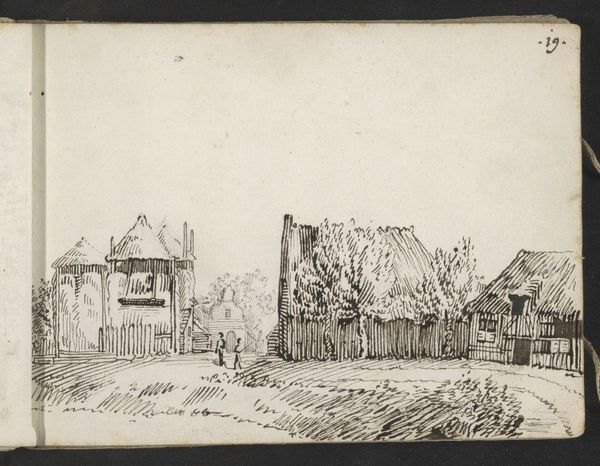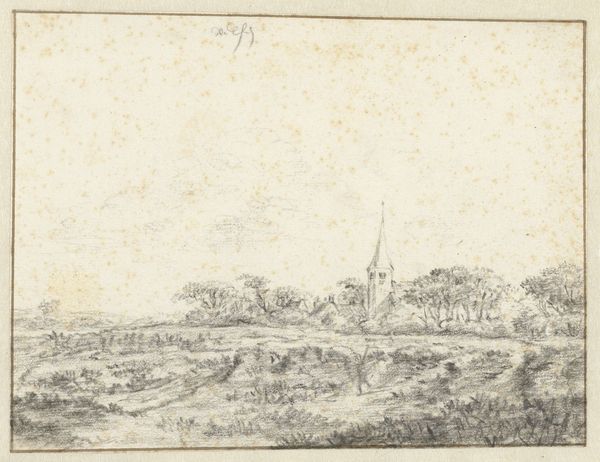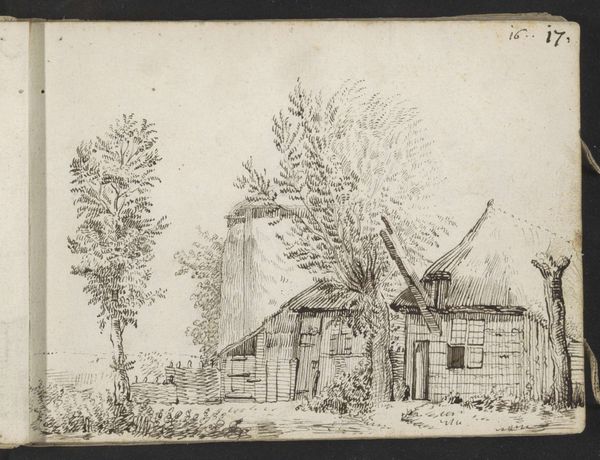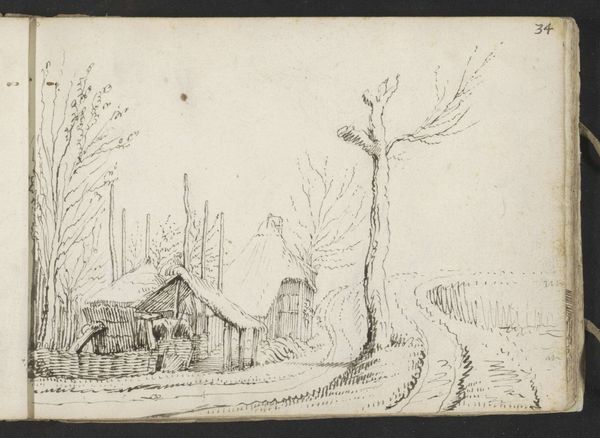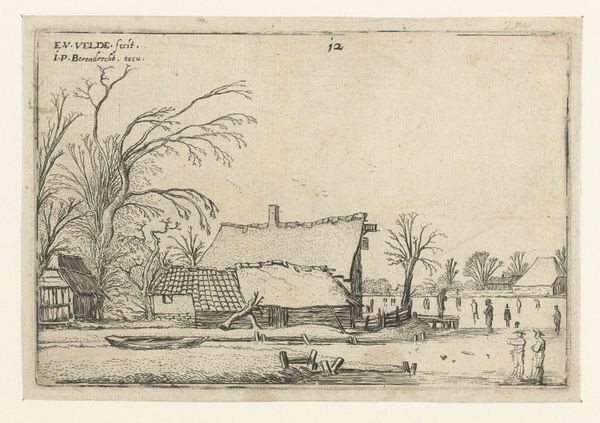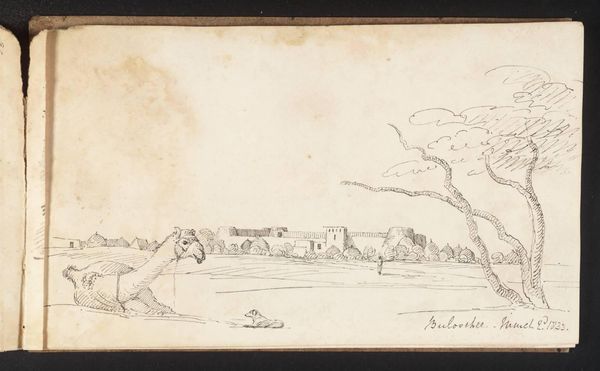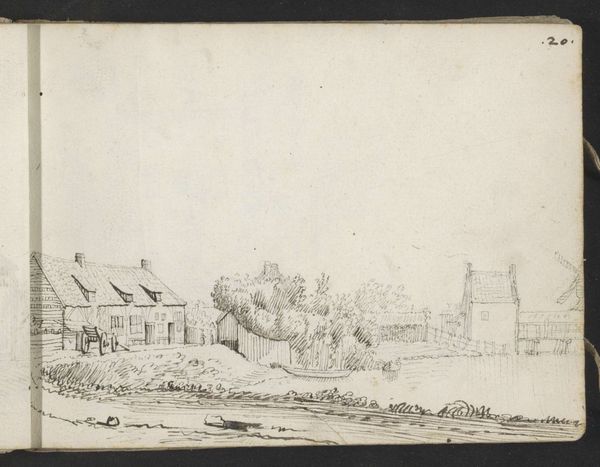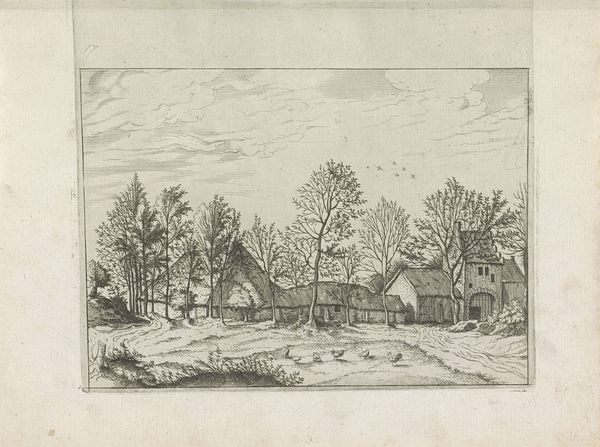
Boerderij met hooischuur en boomgaard buiten Zwolle c. 1631 - 1633
0:00
0:00
gerardteriiborch
Rijksmuseum
drawing, paper, ink
#
drawing
#
quirky sketch
#
dutch-golden-age
#
pen sketch
#
sketch book
#
landscape
#
paper
#
personal sketchbook
#
ink
#
sketchwork
#
pen-ink sketch
#
line
#
pen work
#
sketchbook drawing
#
storyboard and sketchbook work
#
sketchbook art
#
realism
Copyright: Rijks Museum: Open Domain
Gerard ter Borch sketched this farm with a haystack and orchard outside Zwolle in pen and ink. It reflects the growing cultural and economic importance of the Dutch landscape in the 17th century. As the Netherlands prospered through trade and innovation, the countryside became a symbol of national identity and pride. Artists like ter Borch, who often worked for wealthy merchant patrons, played a crucial role in shaping this perception through their idealized depictions of rural life. This drawing can be interpreted as a commentary on the social structures of its time, celebrating the virtues of hard work, self-sufficiency, and closeness to nature that was meant to serve as an ideological tool. Understanding the meaning of this sketch depends on knowing about the social and institutional context in which it was made. Researching the patronage system, the art market, and the prevailing attitudes toward nature and rural life in the 17th-century Netherlands can shed light on the cultural significance of this image.
Comments
No comments
Be the first to comment and join the conversation on the ultimate creative platform.
